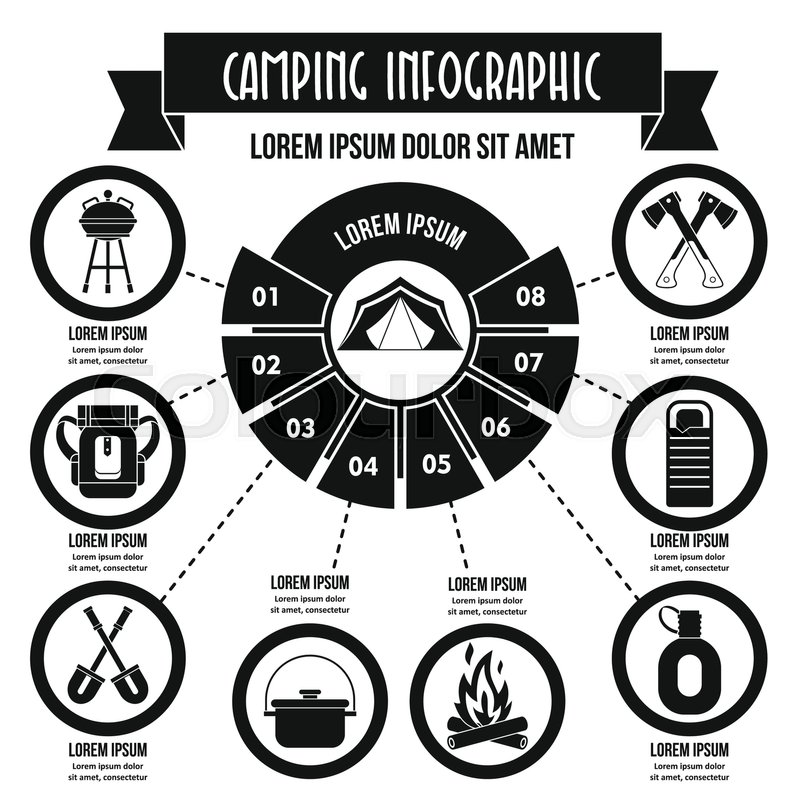While both offer staminas in different atmospheres, it is very important to figure out which kind of insulation will certainly ideal offer your demands. The insulation you select effects warmth, weight, water resistance, compressibility and price.
Down is gathered from waterfowl, usually ducks or geese. It is prized for its agility, easy compression and protecting residential or commercial properties. However, down becomes much less efficient when wet.
Warmth-to-Weight
A high warmth-to-weight ratio is desired in exterior clothes and equipment. The protecting properties of down feathers make them a great choice for this purpose, as they are very cozy and lightweight.
Nevertheless, down sheds its protecting capacities when it gets wet, suggesting it needs to be coupled with a water-proof shell. Furthermore, some individuals are allergic to down, making artificial coats a better choice for them.
Artificial insulations are usually made from recycled polyester and made to mimic down's protecting residential or commercial properties. They are not as light-weight as down, but they do not lose their shielding capabilities when they get wet and completely dry more quickly than down. They are additionally more budget friendly than down. Nevertheless, their life expectancy is shorter than down, resulting in greater upkeep and substitute prices.
Water Resistance
The insulation you pick for your job jacket will make a big difference in just how comfy you feel outdoors. Nevertheless, the type of insulation you pick also has significant ramifications for your sustainability objectives.
Down is a superb insulator for a number of factors. It's light-weight, compressible, and provides an excellent warmth-to-weight ratio. Nevertheless, it does not fare well when it splashes. Down globs up and sheds its loft when wet, which can substantially lower its capability to catch heat.
Synthetic insulation materials, such as Thinsulate and Primaloft, hold up far better versus wet conditions. They commonly have a tight weave or chemical covering that maintains water from penetrating the textile. This permits the insulation to continue to be breathable, even if wet. It deserves keeping in mind that synthetics can additionally be uncomfortable when wet, yet they maintain their shielding residential properties.
Compressibility
While goose down does have an exceptional warmth-to-weight proportion, synthetic insulation executes likewise. However, unlike down which takes in and sheds its shielding capabilities when wet, artificial insulation does not. Consequently, it can maintain its loft space and catch cozy air in wet conditions.
Normally produced from polyester sheets or collections that simulate down, the most common synthetic insulation brands consist of PrimaLoft, FullRange, Thermoball and Patagonia's PlumaFill. While it still can't match down's loftiness and warmth-to-weight, synthetic coats are light-weight, fast to completely dry and less costly than down. This makes artificial coats best for damp atmospheres, or if you're prone to sweating greatly. Synthetic coats are also much less delicate than down and can take a beating. This toughness reaches their face textiles which are normally thicker and a lot more long lasting than down.
Toughness
A significant factor to consider in sustainability is a material's durability and sturdiness. Natural products like cork, ThermaCork broadened cork and Havelock wool last longer than synthetic options like fiberglass and plastic. They additionally need less maintenance and can withstand harsh environmental problems.
Nevertheless, natural insulation doesn't do as well when wet as artificial choices. Wool and fleece clump with each other when damp, jeopardizing their capability to trap heat. Artificial insulation, on the other hand, does not absorb moisture and continues to protect also when soaked.
This makes artificial insulation perfect for damp climates and exhausting activities where you might sweat greatly. It's likewise much easier to wash and dries faster than down. This included toughness and dependability make synthetic insulation an overall victor in this classification. This equates to durable shielded work boots that last long and maintain you heat through requiring atmospheres.
Sustainability
Natural materials supply biodegradability and a smaller environmental impact, while synthetic options brag sturdiness and innovative applications that sustain energy performance. Nevertheless, it's important to recognize the true ecological effect of these insulation products from cradle-to-grave.
As an example, if an all-natural insulation product needs to travel a long distance from its yurt source to the building website, transportation-related discharges increase its total carbon impact. Choosing in your area sourced and reused items lowers that effect. And, opting for GREENGUARD and Cradle to Cradle accreditations makes certain that insulation is without volatile natural compounds (VOCs) and sustains liable sourcing and labor conditions.
Lamb's wool and cork are eco-friendly insulation resources that are harvested without harming the tree or plant. Both have actually the added advantage of being naturally resistant to mold and mildew, pests and dampness.
